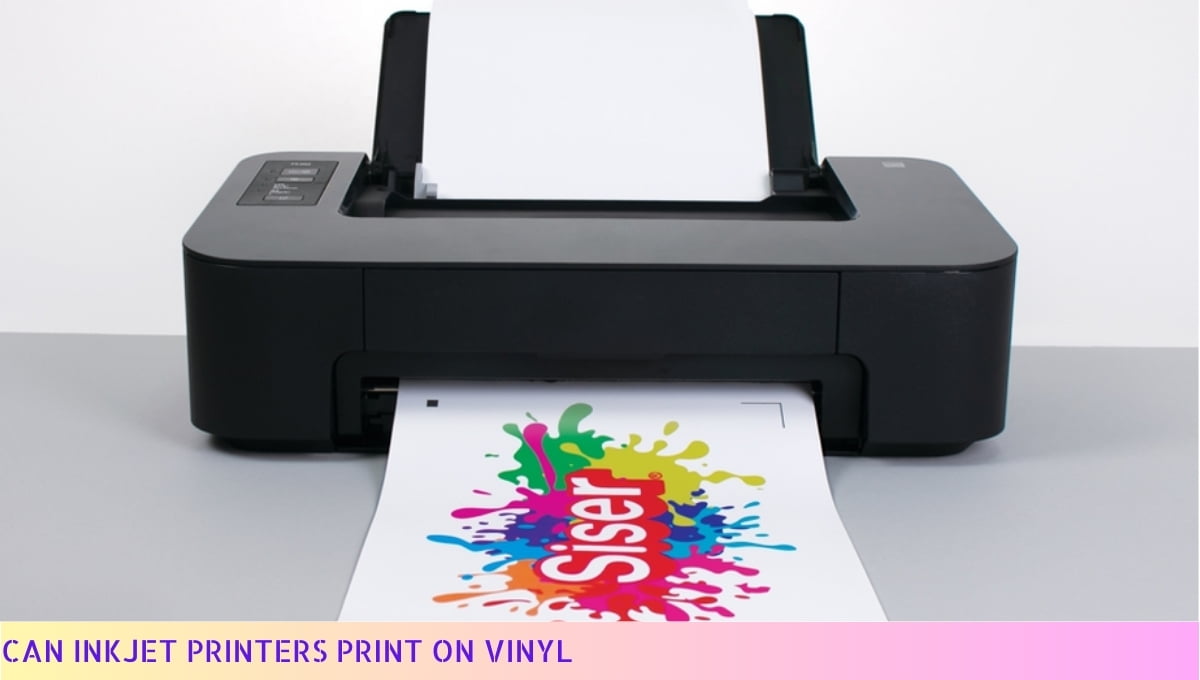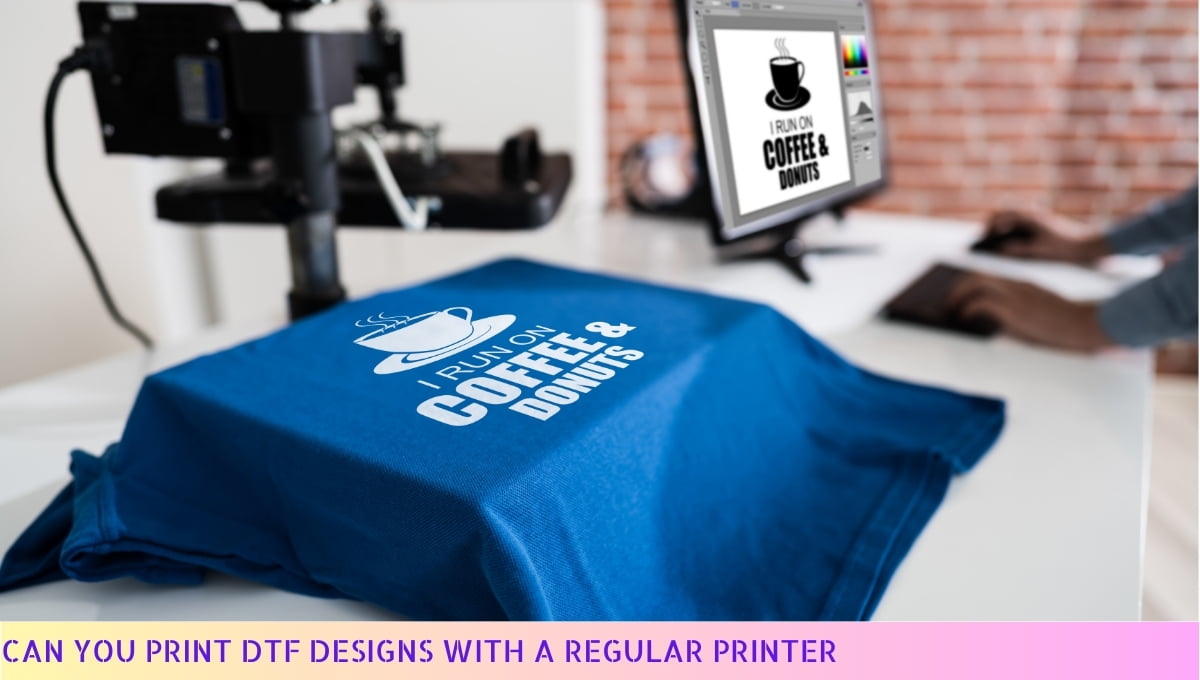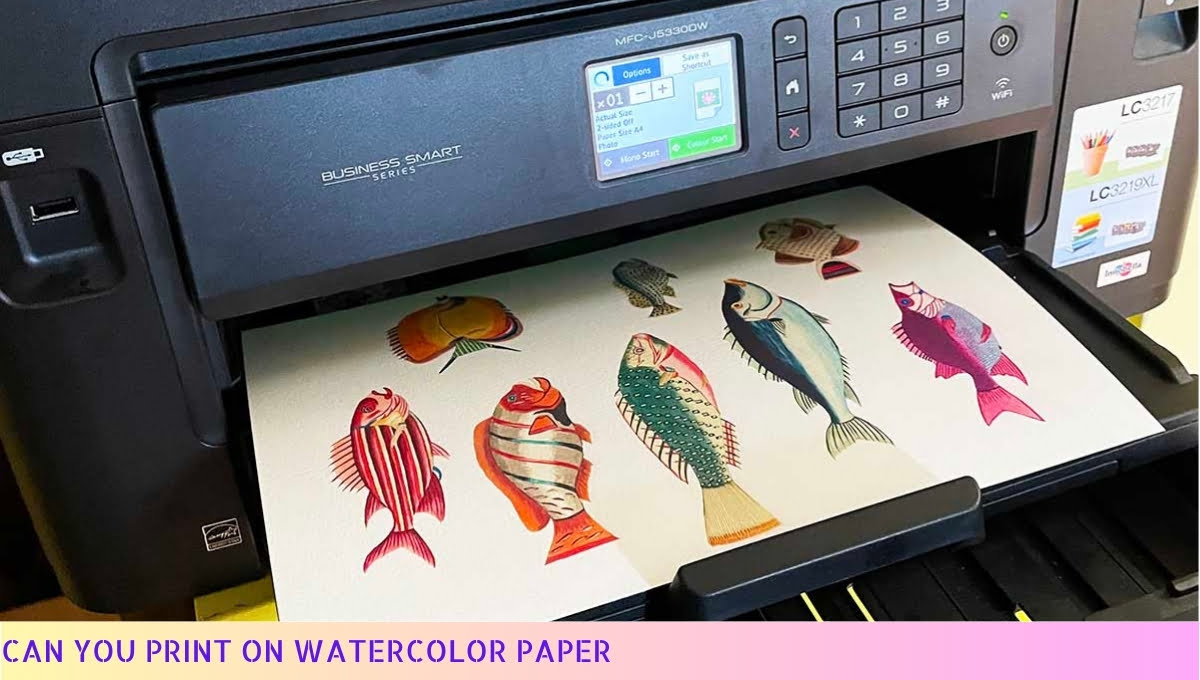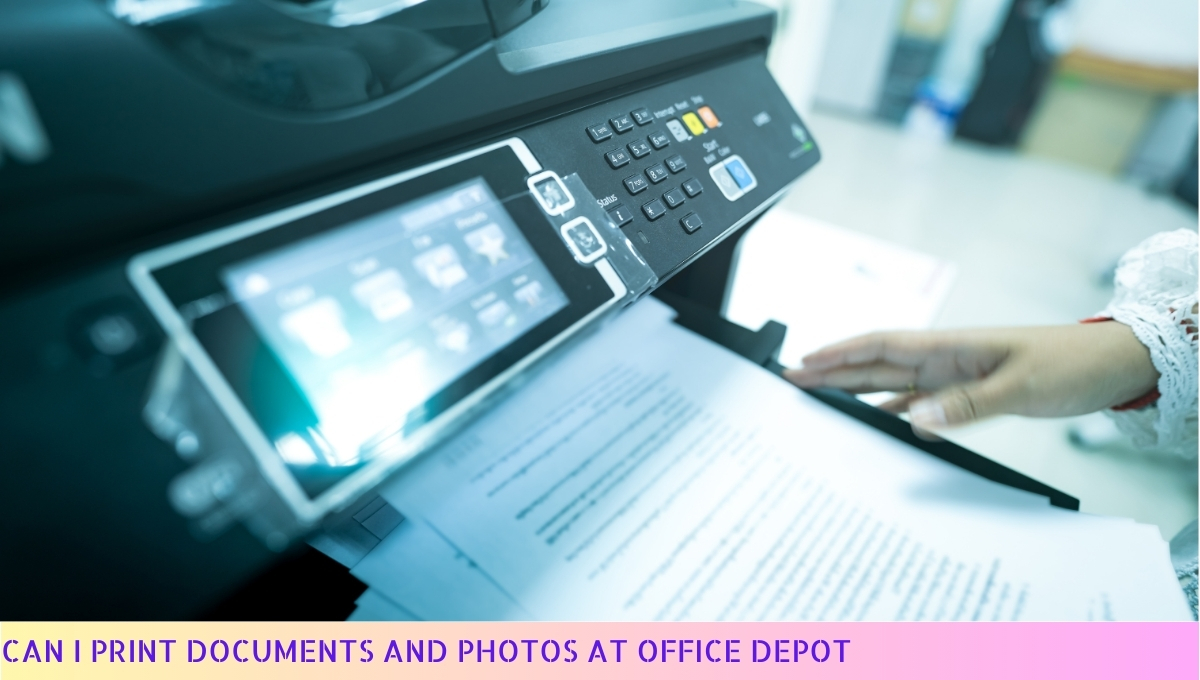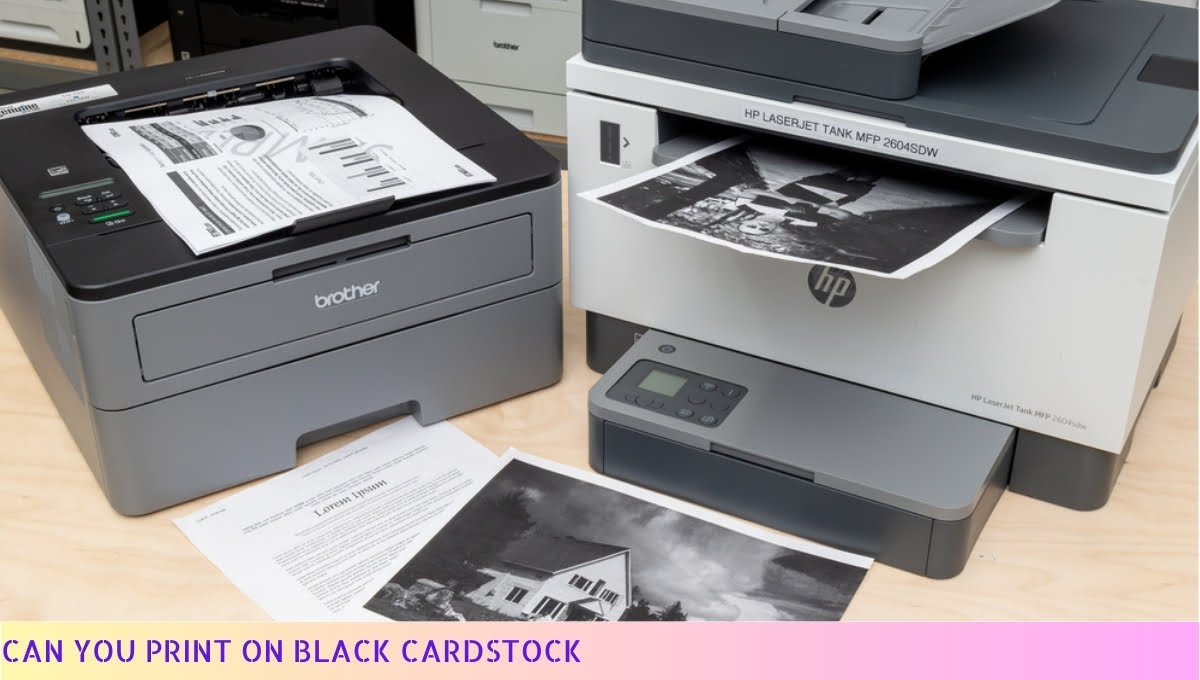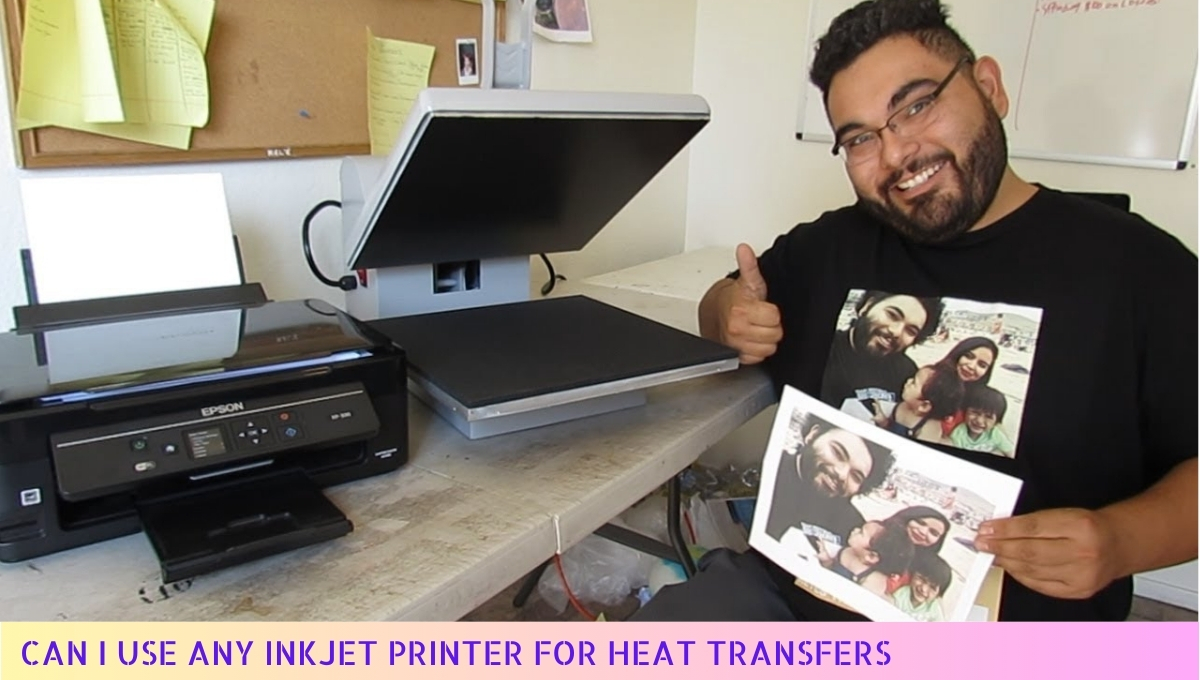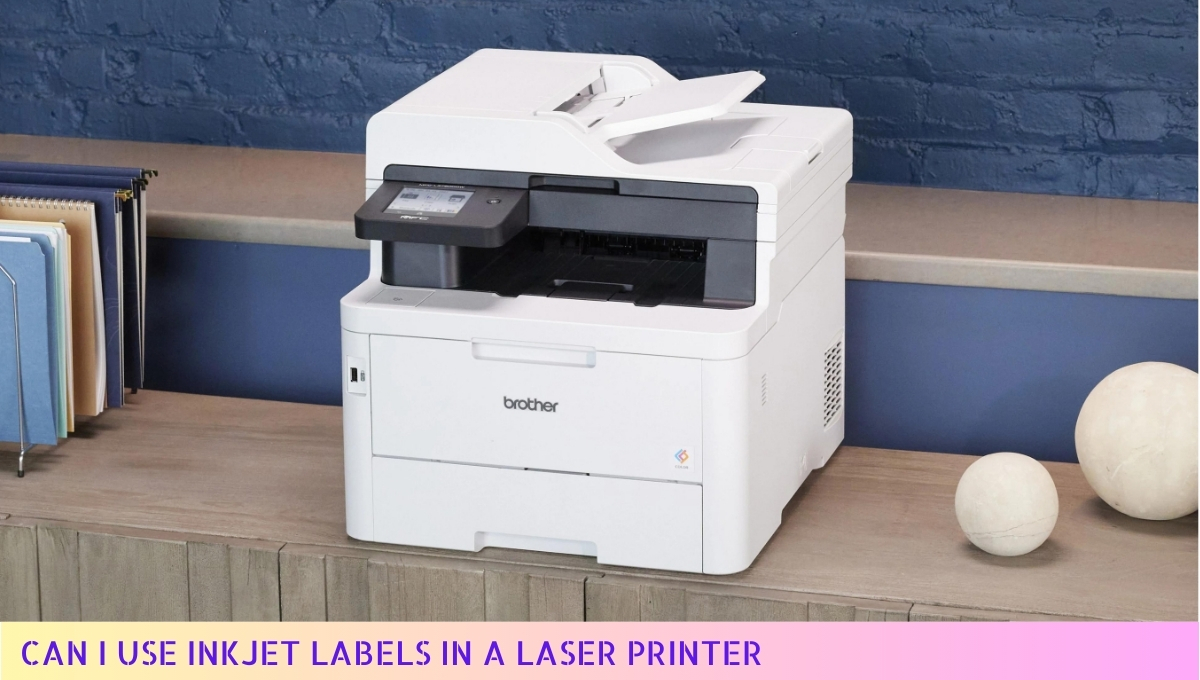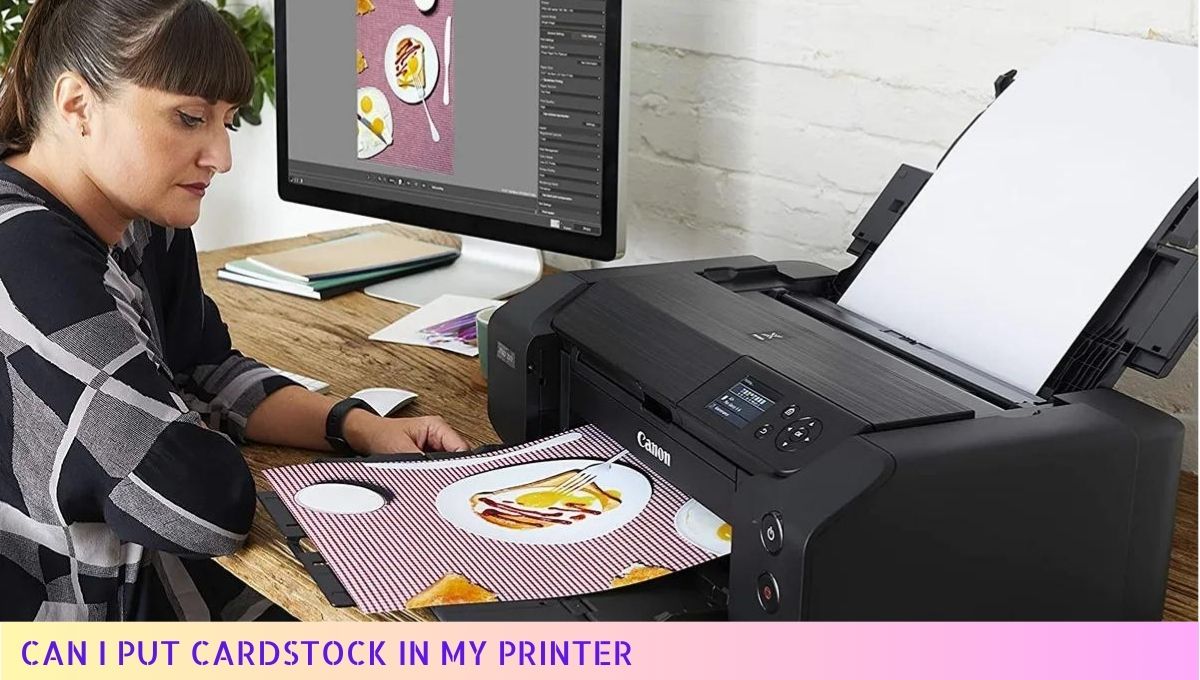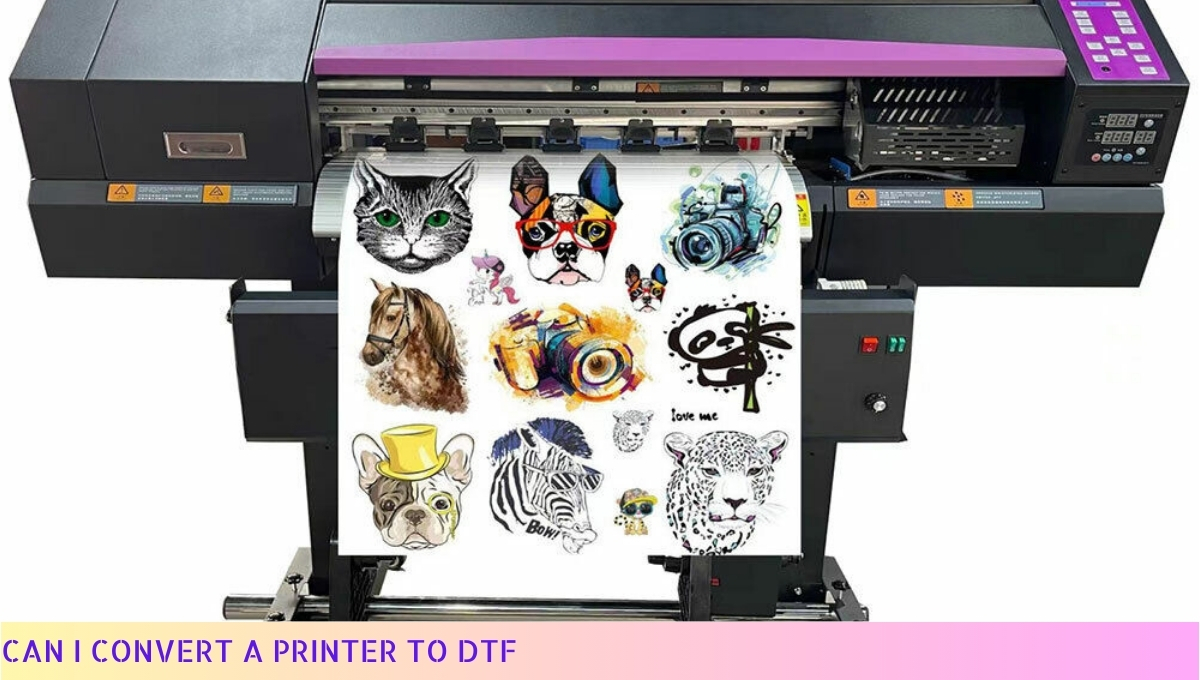Yes, inkjet printers can print on vinyl. Vinyl is a versatile material that can be used for various purposes, including printing.
Inkjet printers use a combination of liquid ink and tiny nozzles to create high-quality prints on a wide range of materials, including vinyl.
However, it is important to use inkjet-compatible vinyl and adjust the printer settings accordingly to ensure optimal results.
Benefits of Printing on Vinyl with Inkjet Printers
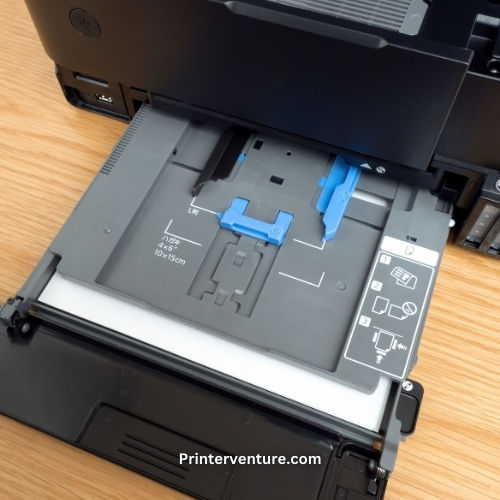
When it comes to printing on vinyl, using an inkjet printer can be a game-changer. Let me tell you, there are some fantastic benefits to be had! I’m gonna break it down for you, so you know exactly what I’m talking about.
Vibrant and Eye-Catching Colors
Printing on vinyl with an inkjet printer gives you the freedom to unleash your creativity.The colors come out so vibrant and eye-catching, it’s like they’re jumping off the page! Trust me, your designs will pop like never before, grabbing the attention of anyone who lays eyes on them.
Durable and Weather-Resistant
You know what’s great about vinyl? It’s tough as nails! And when you print on it with an inkjet printer, you’re creating something that can withstand the test of time and the elements.
Rain or shine, your prints will stay intact and look fabulous. Talk about durability, my friend!
Easy to Customize and Personalize
One of the best things about printing on vinyl with an inkjet printer is the freedom to customize and personalize your creations. You can print your own designs, logos, or even photographs. The possibilities are endless, and let me tell you, it’s a whole lot of fun!
Cost-Effective Solution
Now, I don’t know about you, but I love finding cost-effective solutions. And let me tell you, printing on vinyl with an inkjet printer is just that!
It’s way more affordable than other printing methods, and you still get top-notch quality. It’s a win-win situation, my friend!
Versatility at Its Finest
When you print on vinyl with an inkjet printer, you open up a world of possibilities.
You can use it for indoor or outdoor signage, banners, decals, stickers, and so much more. It’s like having a Swiss Army knife in your printing arsenal. The versatility is off the charts!
So, what are you waiting for?
Now that you know the incredible benefits of printing on vinyl with an inkjet printer, it’s time to dive in and unleash your creativity. Trust me, you won’t be disappointed. So grab that vinyl, fire up your inkjet printer, and let the magic happen!
Steps to Successfully Print on Vinyl with an Inkjet Printer

Printing on vinyl with an inkjet printer may sound like a daunting task, but fear not! With the right steps, you can achieve fantastic results. Here’s a simple guide to help you along the way:
- Gather the right materials: Before you start, make sure you have everything you need. You’ll require vinyl sheets compatible with inkjet printers, an inkjet printer (preferably one with a manual feed option), high-quality ink cartridges, and a cutting tool.
- Prepare your workspace: Find a clean and well-lit area to set up your printer. Make sure there’s enough space for the vinyl sheets to move freely without getting crumpled or damaged.
- Design your artwork: Use a graphic design software or an online design tool to create your desired artwork. Remember to keep it simple yet eye-catching, as intricate designs may not translate well onto vinyl.
- Load the vinyl: Follow the instructions provided by the manufacturer to load the vinyl sheets into your printer. Ensure that the printable side is facing the correct direction to avoid any mishaps.
- Adjust printer settings: Open the print settings on your computer and select the appropriate options for printing on vinyl. Set the print quality to the highest setting for vibrant and sharp images. Don’t forget to choose the correct paper type to optimize the ink application.
- Print a test page: It’s always a good idea to print a test page on regular paper before committing to the vinyl. This will help you identify any issues with alignment, colors, or sizing.
- Print on the vinyl: Once you’re satisfied with the test print, it’s time to print on the actual vinyl. Load a single sheet into the printer’s manual feed tray, ensuring it is positioned correctly. Hit that print button and watch the magic happen!
- Allow for drying time: After printing, give the vinyl ample time to dry completely. This will prevent smudging or smearing of the ink. Avoid touching the printed surface until it’s completely dry.
- Cut and trim: Once the ink has dried, carefully cut and trim your printed vinyl to your desired shape or size. Use a sharp cutting tool and take your time to ensure clean and precise cuts.
- Apply and enjoy: Now comes the fun part! Peel off the backing of the vinyl and apply it to your desired surface. Smooth out any air bubbles or wrinkles using a squeegee or a credit card. Stand back and admire your professional-looking creation!
Printing on vinyl with an inkjet printer can be a rewarding experience. Just remember to follow these steps, and you’ll be well on your way to creating stunning prints that will leave everyone in awe!
Considerations When Printing on Vinyl with an Inkjet Printer

When printing on vinyl with an inkjet printer, there are a few important considerations to keep in mind.
These factors can greatly impact the quality and durability of your prints, so it’s crucial to pay attention to them. Here are some key points to consider:
- Compatibility: Ensure that your inkjet printer is compatible with printing on vinyl. Not all printers are designed to handle this material, so it’s essential to check the printer specifications or consult the manufacturer’s guidelines.
- Vinyl Type: Different types of vinyl are available in the market, and each may have specific requirements for printing. Make sure to choose a vinyl that is suitable for inkjet printing. Additionally, consider factors such as the vinyl’s thickness, adhesive backing, and intended use.
- Ink: The type of ink you use can significantly impact the longevity and vibrancy of your prints. Opt for ink specifically formulated for inkjet printers and compatible with vinyl materials. Pigment-based inks are often recommended for their fade-resistant properties.
- Surface Preparation: Properly preparing the vinyl surface is crucial for achieving optimal print results. Ensure that the vinyl is clean, free from dust, and smooth. Any imperfections or debris on the surface can affect the print quality and adherence of the ink.
- Print Settings: Adjusting the print settings on your inkjet printer is vital for obtaining the desired output. Consider factors such as print resolution, color saturation, and print speed. Experimenting with different settings and conducting test prints can help you find the optimal configuration for your specific requirements.
- Drying Time: Allow sufficient drying time for your prints before handling or applying any protective coatings. This will help prevent smudging or damage to the printed surface. Follow the manufacturer’s recommendations regarding drying times to ensure the best results.
- Handling and Care: Once your prints are dry, handle them with care to avoid smudging or scratching the ink. If you plan to apply the prints to a surface, ensure that the surface is clean and free from moisture or contaminants that could affect the adhesive or ink adherence.
- Environmental Factors: Environmental conditions can impact the performance of your printed vinyl. Extreme temperatures, humidity, and exposure to UV light can affect the longevity and colorfastness of the prints. Consider using UV-resistant coatings or laminates for added protection, especially if the prints will be exposed to sunlight or harsh conditions.
By taking these considerations into account, you can enhance the quality and durability of your prints when using an inkjet printer on vinyl.
Remember to always refer to the printer and vinyl manufacturer’s guidelines for specific instructions and recommendations.
Alternative Options for Printing on Vinyl
When it comes to printing on vinyl, using an inkjet printer is not the only option available. There are alternative methods that you can consider, each with its own pros and cons. Let’s take a look at a few of these alternatives:
- Screen Printing: Screen printing is a popular method for printing on vinyl. It involves using a stencil, known as a screen, to transfer ink onto the vinyl surface. This technique allows for vibrant colors and precise details. However, it can be time-consuming and may require specialized equipment.
- Heat Transfer Printing: Heat transfer printing involves using heat to transfer designs from a special heat transfer paper onto the vinyl. This method is commonly used for printing on fabrics but can also be used on vinyl surfaces. It offers a wide range of colors and allows for intricate designs. However, it may not be as durable as other methods.
- UV Printing: UV printing is a relatively new technology that uses ultraviolet light to cure the ink instantly. This method provides excellent color vibrancy and durability. It is suitable for both indoor and outdoor applications. However, UV printers can be expensive and may require additional setup and maintenance.
- Laser Printing: Laser printers can also be used to print on vinyl, although they are not as commonly used as inkjet printers. Laser printing offers high-quality prints with sharp details. However, it may not be suitable for all types of vinyl surfaces, and the ink may not adhere as well as with other methods.
When choosing an alternative option for printing on vinyl, consider factors such as cost, quality, durability, and the specific requirements of your project.
It’s always a good idea to test different methods and materials before committing to a large-scale printing job.
In conclusion, while inkjet printing is a popular choice for printing on vinyl, there are alternative options available that may better suit your needs.
Explore these options, weigh their pros and cons, and choose the method that will deliver the best results for your specific project. Happy printing!
Can Inkjet Printers Print On Vinyl – FAQs
1. Can inkjet printers print on vinyl?
Yes, inkjet printers are capable of printing on vinyl. However, it is important to use the appropriate vinyl material that is compatible with inkjet printing.
2. What type of vinyl is suitable for inkjet printing?
The most suitable type of vinyl for inkjet printing is known as printable vinyl or inkjet vinyl. It is specially designed to work with inkjet printers and produces high-quality prints.
3. Can I use any inkjet printer to print on vinyl?
No, not all inkjet printers are compatible with vinyl printing. It is crucial to check the printer’s specifications and ensure it supports printing on vinyl before attempting to do so.
4. What are the advantages of using inkjet printers for vinyl printing?
Inkjet printers offer several advantages for vinyl printing, including the ability to produce vibrant and detailed prints, the option to print on various vinyl materials, and the convenience of printing on-demand.
5. Are there any limitations or considerations when printing on vinyl with inkjet printers?
Yes, there are a few limitations and considerations to keep in mind. For example, some inkjet printers may require special ink cartridges for optimal results, and the printed vinyl may require additional time to dry before handling.
6. Can I use regular ink cartridges for printing on vinyl?
It is recommended to use ink cartridges specifically designed for vinyl printing. Regular ink cartridges may not adhere properly to the vinyl surface or produce the desired print quality.
7. What are the common applications for inkjet printing on vinyl?
Inkjet printing on vinyl is commonly used for creating custom decals, stickers, signs, banners, vehicle graphics, and other promotional materials. It offers versatility and durability for both indoor and outdoor applications.
8. Can inkjet-printed vinyl withstand outdoor conditions?
Yes, inkjet-printed vinyl is generally durable and can withstand outdoor conditions. However, it is essential to use high-quality vinyl materials and consider adding a protective laminate layer to enhance weather resistance and UV protection.
9. How do I ensure the best print quality when using an inkjet printer for vinyl?
To achieve the best print quality, ensure that the printer settings are optimized for vinyl printing. This may include selecting the appropriate media type, adjusting print resolution, and using the correct color profiles.
10. Can I cut the inkjet-printed vinyl into custom shapes?
Yes, inkjet-printed vinyl can be easily cut into custom shapes using a vinyl cutter or a sharp craft knife. This allows for greater creativity and customization in various applications.
Wrapping Up
So, there you have it, folks! After diving deep into the world of inkjet printers and vinyl, we can confidently say that yes, inkjet printers can indeed print on vinyl. It’s a game-changer for all you crafters and DIY enthusiasts out there
With the right settings and a compatible printer, you can create stunning vinyl prints for signs, decals, and more.
Just remember to choose a printer that supports specialty media and use high-quality vinyl for the best results. So go ahead, unleash your creativity, and let your inkjet printer work its magic on vinyl! Happy printing!

